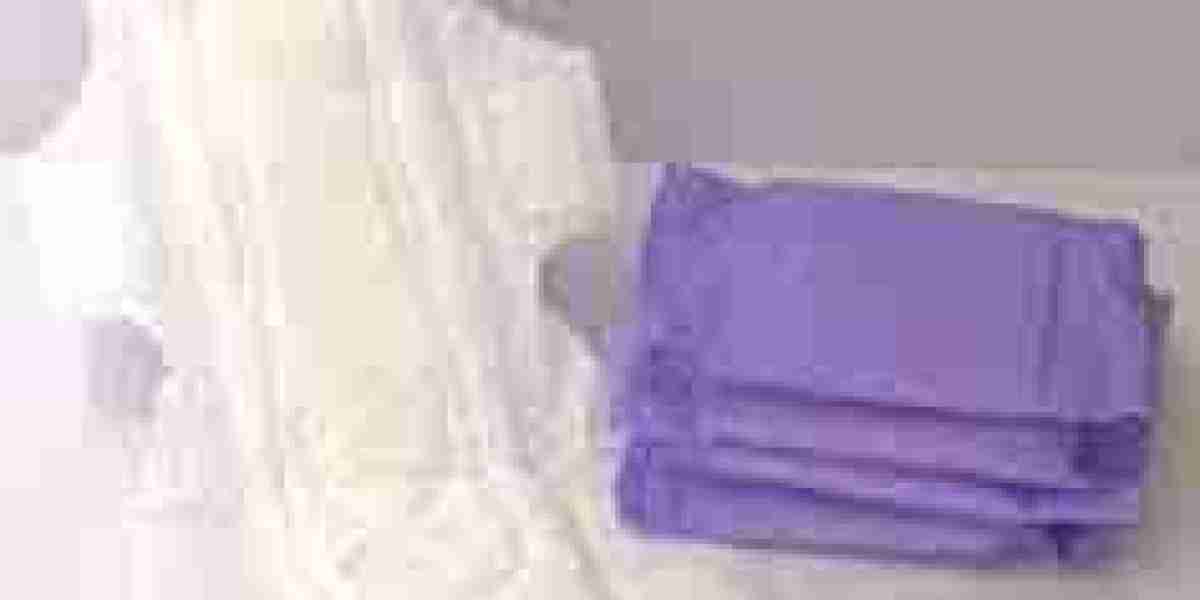Dealing with ingrown toenails can be frustrating and painful. Many people turn to nail scissors for ingrown toenails to manage this issue, but improper usage often leads to further complications. Using nail scissors the wrong way may make the condition worse or even cause infections. Understanding the proper techniques and avoiding common mistakes can help you treat the problem safely and effectively.
This article will discuss the common mistakes people make when using nail scissors for ingrown toenails and how to avoid them. With the right method, you can safely manage your ingrown toenail issues and minimize pain.
Using Dull Scissors
One of the most frequent errors people make when trimming ingrown toenails is using dull or old scissors. Dull blades make clean cuts difficult, increasing the risk of jagged nails or damaging the surrounding skin. When you attempt to cut with blunt scissors, you may end up pulling or tearing the nail, which can worsen the ingrown nail condition.
Always use sharp, high-quality nail scissors specifically designed for thick or ingrown nails. These scissors allow for a clean, precise cut, reducing the risk of further damage.
Cutting Too Close to the Skin
Another common mistake is cutting the toenail too close to the skin. People often try to dig into the corner of the nail in an attempt to remove the ingrown part. This practice can cause even more irritation and lead to infection. When you cut too deeply, you may expose the skin to bacteria, leading to inflammation and further complications.
Instead of cutting deeply, trim the nail straight across, and avoid rounding the edges. This will help prevent the toenail from growing into the skin, reducing the chance of recurrence.
Ignoring Proper Hygiene
When using nail scissors for ingrown toenails, proper hygiene is crucial. Failing to sterilize your scissors before and after use can lead to infections. Many people overlook this step, increasing the risk of bacterial contamination. Clean your scissors with rubbing alcohol before using them to avoid introducing bacteria to the sensitive area around your ingrown toenail.
It’s also essential to wash your feet and the affected area with warm water and mild soap before trimming. This helps soften the nail and reduces the risk of infection while trimming.
Over-Cutting the Nail
Some people believe that cutting the nail as short as possible will prevent the toenail from growing back into the skin. However, cutting your nails too short is another common mistake that can cause more harm than good. Short nails are more likely to grow into the skin, worsening the ingrown toenail issue.
To avoid this, always leave a small bit of the nail extending beyond the skin. This practice will help guide the nail to grow in the right direction, minimizing the risk of it becoming ingrown again.
Applying Excessive Pressure
When using nail scissors for ingrown toenails, applying too much pressure is a mistake. Excessive pressure can lead to discomfort and cause unnecessary trauma to the affected area. This may also result in uneven cuts, making the condition worse over time.
Be gentle while trimming your toenails. Use light, steady pressure to ensure a smooth and clean cut. This approach reduces the risk of further aggravation and helps the healing process.
Not Soaking the Feet Before Trimming
Many people skip soaking their feet before trimming an ingrown toenail, but this is a critical step. Soaking softens the toenail and the surrounding skin, making it easier to cut the nail without causing damage. Skipping this step makes the nail harder and more prone to cracking or tearing, which can lead to more discomfort.
Before using nail scissors for ingrown toenails, soak your feet in warm, soapy water for about 10 to 15 minutes. This will soften the nail, making the trimming process smoother and less painful.
Failing to Follow Up with Proper Care
After trimming an ingrown toenail, many people neglect to follow up with proper care. They assume the problem is solved once the nail is trimmed, but neglecting post-trim care can result in infections or recurrence. Applying an antiseptic or antibiotic cream to the trimmed area can help prevent infections.
It’s also a good idea to wear loose-fitting shoes to avoid putting pressure on the affected area. Regularly check the nail and the surrounding skin for any signs of irritation or infection after trimming.
Cutting When the Nail Is Infected
Attempting to trim an ingrown toenail that is already infected is a serious mistake. If the area is red, swollen, or draining pus, trying to cut the nail yourself may worsen the infection. You risk spreading bacteria further into the skin and making the condition more painful.
If your toenail is infected, consult a healthcare professional before attempting to trim it. They may recommend a safe treatment plan, including antibiotics, to resolve the infection before trimming.
Conclusion
Using nail scissors for ingrown toenails can help manage the problem, but only when done correctly. Common mistakes like using dull scissors, cutting too close to the skin, and ignoring hygiene can worsen the condition. Always use sharp, clean scissors, trim the nail straight across, and follow proper care steps to prevent further complications. With the right approach, you can safely treat your ingrown toenails and avoid unnecessary pain.
FAQ
Q: Can I use regular nail scissors for ingrown toenails?
A: It’s best to use nail scissors specifically designed for thick or ingrown toenails. Regular scissors may not offer the precision needed to avoid further damage.
Q: How often should I trim my toenails to avoid ingrown nails?
A: Trim your toenails every few weeks, keeping them slightly longer than the skin to prevent them from growing inward.
Q: What should I do if my ingrown toenail becomes infected?
A: If you notice signs of infection like swelling, redness, or pus, consult a doctor before attempting to trim the nail yourself.
By following these guidelines and avoiding common mistakes, you can effectively treat ingrown toenails without unnecessary complications.













